| Travel Reports by Villagemayor | view profile of Villagemayor |
| previous post |
| next post |
| Note: The opinions and views expressed in this user report are those of the individual author and do not necessarily reflect the opinions and views of japan-guide.com. |
October 20, 2018 - Tohoku Series: Aomori (青森市)
This travel report is a continuing series highlighting the various destinations of the Tohoku Region. In this report I continue the tour of Aomori City, in Aomori Prefecture.
Aomori is a city filled with museums and art galleries. This blog entry is all about the City of Aomori and some of the history of the area and how the city is promoting its art scene. How to travel around the city is through its train and bus networks. There are two major train stations in the city, Shin-Aomori Station is the city gateway via the Shinkansen. It is the terminus for the Tohoku and Hokkaido Shinkansen. Aomori Station is for local and regional trains linking places within and outside the city.
By local municipal bus or the tourist bus, the first stop is Sannai Maruyama ruins (国指定特別史跡 三内丸山遺跡). This is a major museum in the city and highlights artifacts from the Jomon Period and is a rare glimpse into the natives that once resided in the area.

The museum consist of an indoor exhibition space full of dioramas, personal artifacts, and native art. The second component is the village ruins where many of the artifacts were found. They include hut buildings made of thatch and not unlike ones you see today. There is also a famous "skyscraper" made of thick tree stumps. Could this be used as a watch tower? Or the first skyscraper in the world?

There are lots of reconstructed buildings some of which you can enter. Due to my height I was not able to physically fit into the tiny earthen homes. Imagine how tiny the natives were.
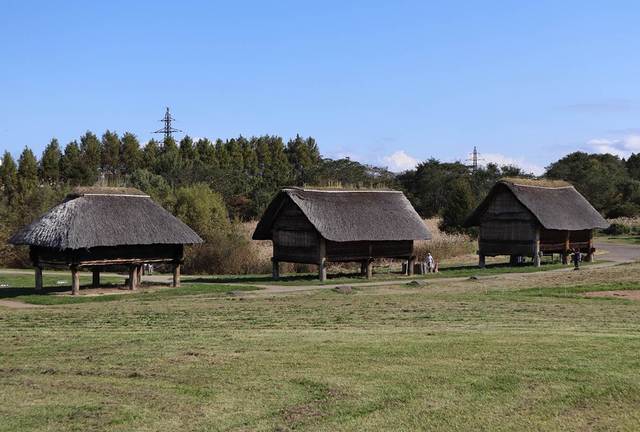
Located right next to the Jomon Period ruins is the Aomori Museum of Art (青森県立美術館). This contemporary International Modern gallery showcases famous artists from Japan and abroad. The most famous pieces include the massive "Aomori Dog" which hunches over like its about to puke.
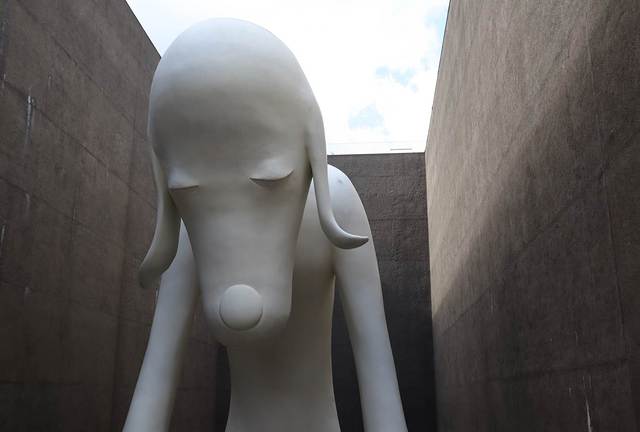
The museum is also very famous for its massive backdrops for the ballet Aleko painted by Marc Chagall. I don't appreciate art the way others do, but this exhibition was absolutely massive and inspiring. There are other smaller pieces on display as well which would captivate every art lover.


After visiting the above locations, head back to downtown and you will see the famous ASPAM Building. Every city in Japan must have an observation deck and this building has one on the top floor. There are also restaurants, souvenir shops, and information centre here.

Located next to the ASPAM Building are two important museums. The first is the Seikan Memorial Ship Hakkoda Maru (青函連絡船 メモリアルシップ八甲田丸) and the Nebuta Museum Wa Rasse (ねぶたの家 ワ・ラッセ). I didn't have time to visit both so I visited the memorial ship due to my interest in transportation.
Prior to the opening of the Seikan Tunnel in 1988, all transportation between Aomori (Honshu) and Hakodate (Hokkaido) was made by ship. No matter if its passengers, cars, trucks, or even trains, you would have to take these ferries through the treacherous Tsugaru Strait.
The last of these ferries is now permanently docked at Aomori.
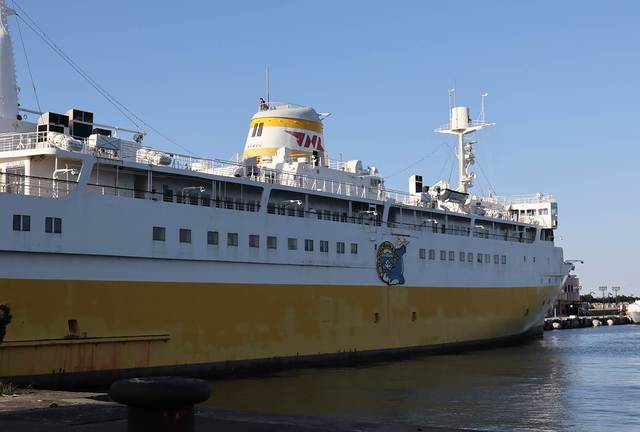
The bulk of the museum is inside the ship and includes dioramas of all types, artifacts, personal effects, photographs and videos, and a tour of the captains, and staff living quarters. You can also enter the smokestack where you can still smell the diesel fumes.
At the bottom of the boat you can tour where the trains used to be parked. Rolling stock from the 1960s to 1980s are on display. Finally, you can enter the engine room located below the water level.
On dry land you can see the ruins of where the train enters the ship.
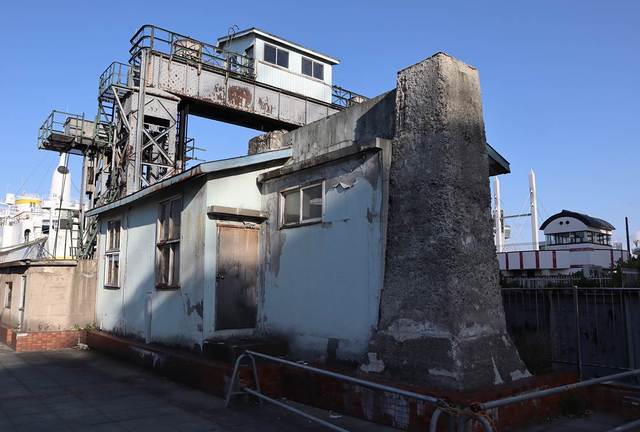
Located next to the ship museum is the Nebuta Museum Wa Rasse (ねぶたの家 ワ・ラッセ). I did not get a chance to visit the museum but just the exterior facade is enough to make you take out your camera.
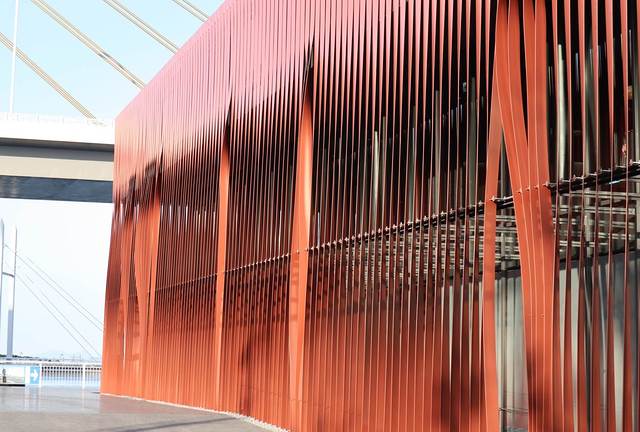
That ends the tour of Aomori and I hope you enjoyed the photos. The city is definitely worth a first time or repeat visit. I will certainly be back as one of the most famous "exports" is the Tsugaru Shamisen and its unique sounds.
| previous post |
| next post |